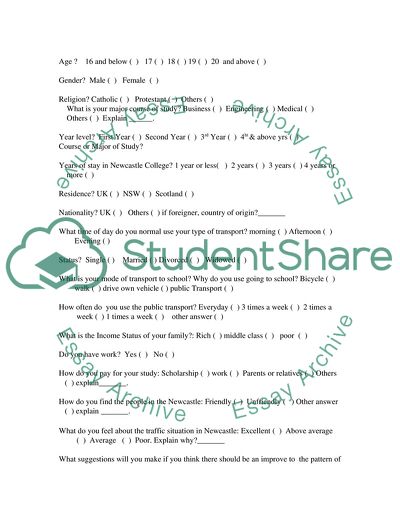Cite this document
(Designing an Interview Schedule and Evaluate It Case Study - 2, n.d.)
Designing an Interview Schedule and Evaluate It Case Study - 2. Retrieved from https://studentshare.org/sociology/1707666-design-an-interview-schedule-and-evaluate-it
Designing an Interview Schedule and Evaluate It Case Study - 2. Retrieved from https://studentshare.org/sociology/1707666-design-an-interview-schedule-and-evaluate-it
(Designing an Interview Schedule and Evaluate It Case Study - 2)
Designing an Interview Schedule and Evaluate It Case Study - 2. https://studentshare.org/sociology/1707666-design-an-interview-schedule-and-evaluate-it.
Designing an Interview Schedule and Evaluate It Case Study - 2. https://studentshare.org/sociology/1707666-design-an-interview-schedule-and-evaluate-it.
“Designing an Interview Schedule and Evaluate It Case Study - 2”, n.d. https://studentshare.org/sociology/1707666-design-an-interview-schedule-and-evaluate-it.


